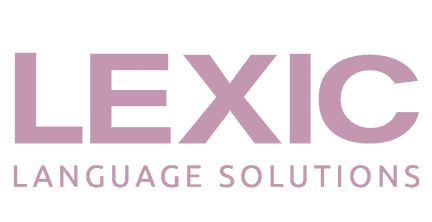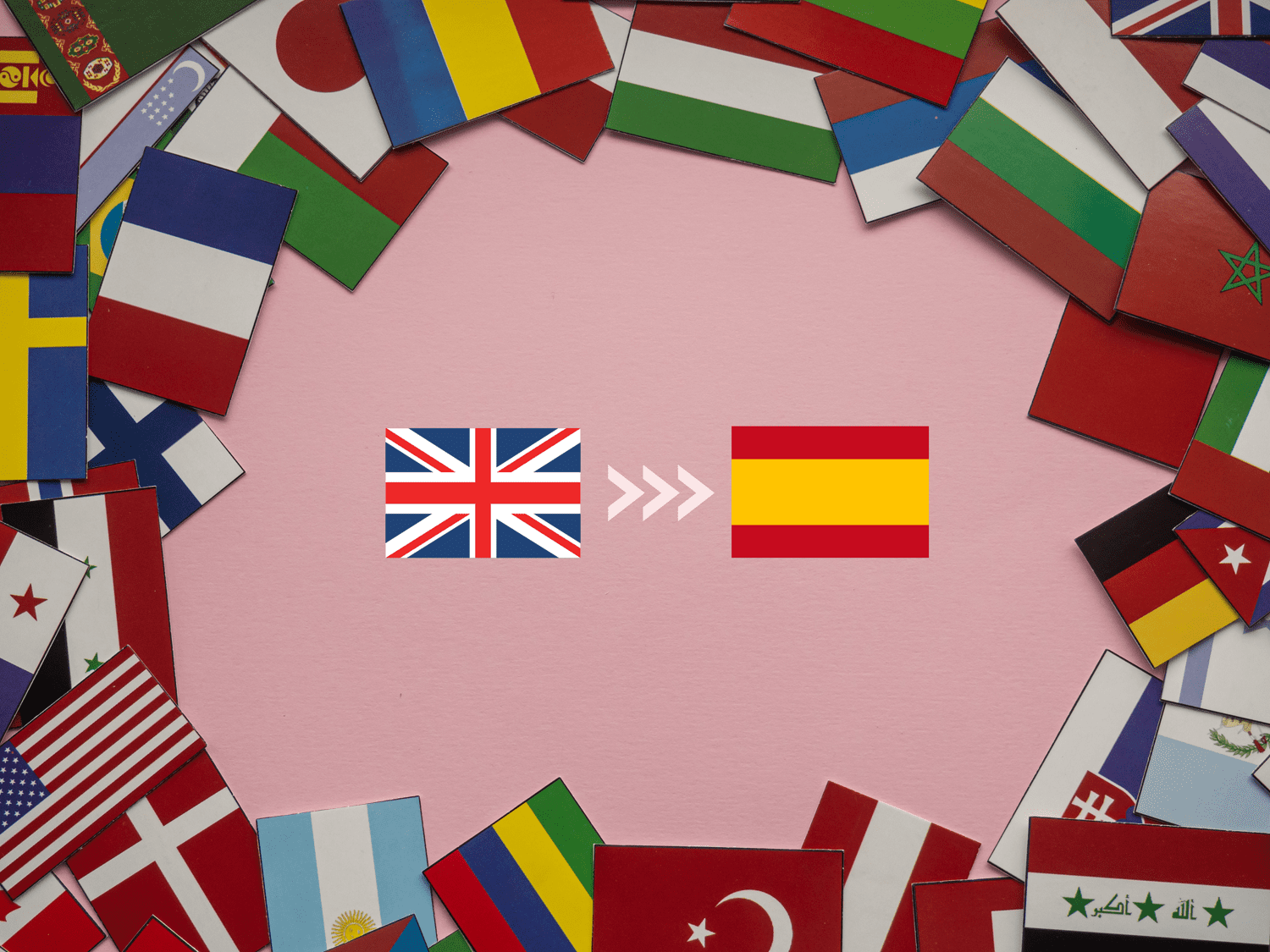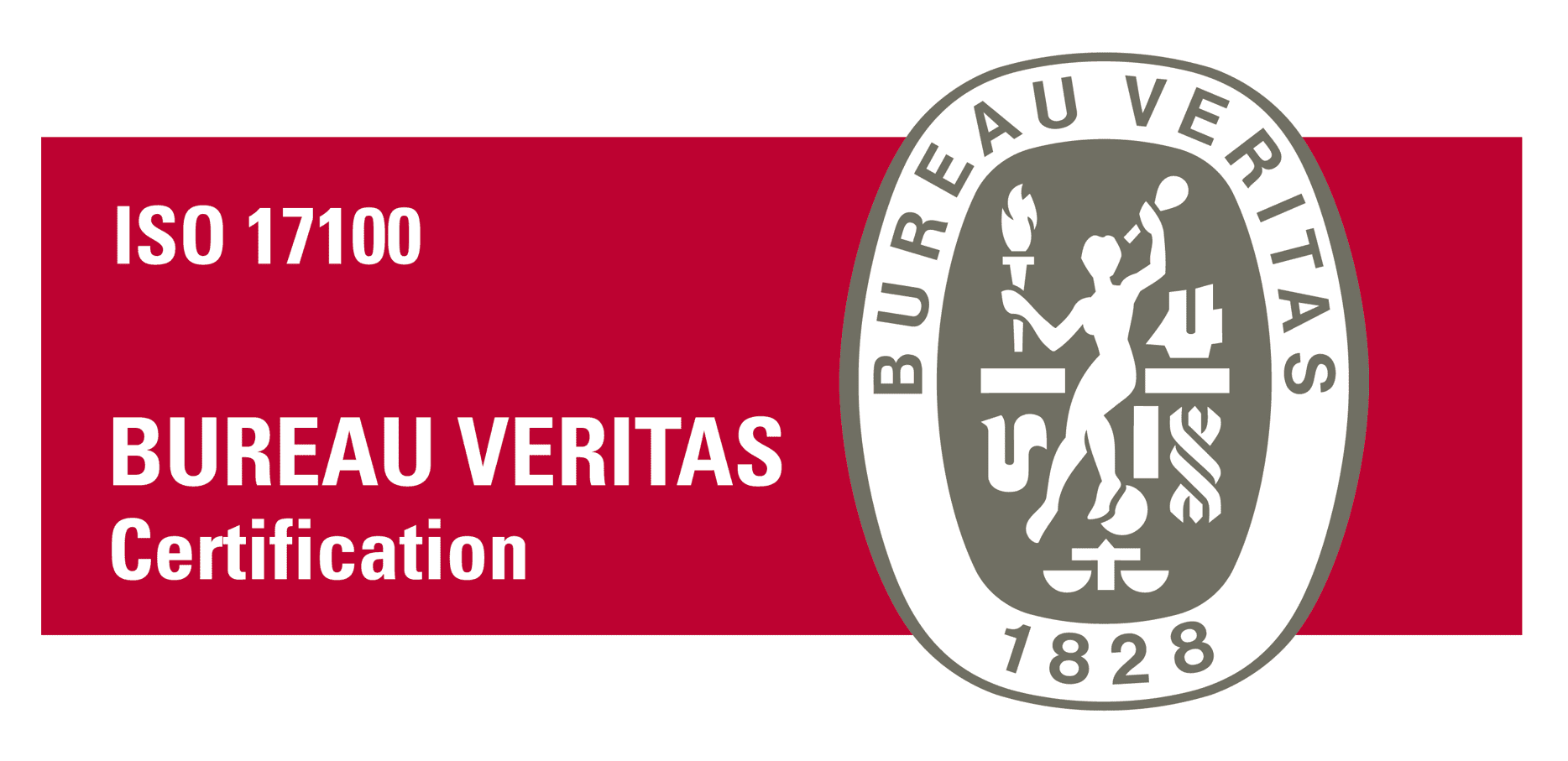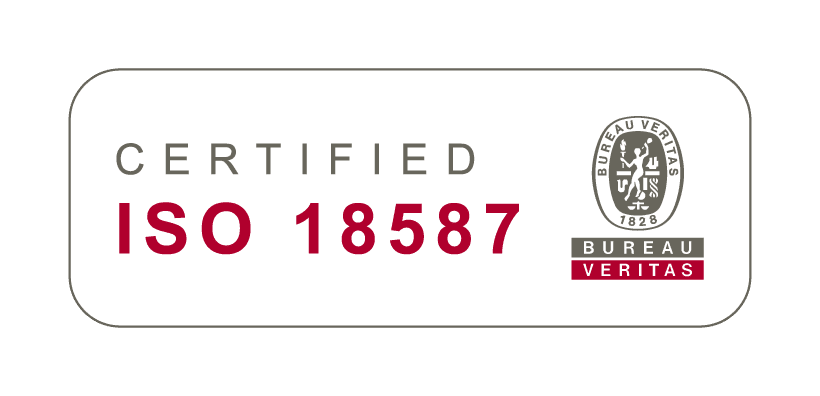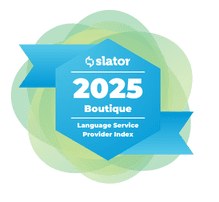In today’s world, multinational organizations face the ongoing challenge of effective communication across different languages and cultures. One crucial aspect of this challenge is how companies buy and manage translation services. Often, many global companies decide to split the translation of their content among several language providers because they believe that this strategy will allow them to obtain better prices by encouraging competition among suppliers. While this type of model may have some advantages, it also poses risks in terms of quality and consistency of content and can lead to a loss of traceability of spending and costs.
As the ongoing economic situation causes global companies to rethink their procurement models, there is a growing trend toward vendor consolidation in the belief that adopting a centralized translation model can bring numerous benefits. In this article, we will take a closer look at the 5 benefits of a centralized translation approach for multinational companies.
1. Enhanced Operational Efficiency
Perhaps the single most obvious benefit of centralizing your translation processes is that it allows for greater coordination, collaboration, and streamlined workflows across all teams and departments.
When you have a trusted vendor managing translations centrally, there is a unified point of contact for all language-related needs. This centralization eliminates the need for redundant communication channels, minimizes miscommunication, and facilitates smoother project management.
It is also easier to forge a closer relationship, and this will give your vendor a deeper understanding of your company’s specific needs and industry nuances, resulting in a smoother communication process between your teams and theirs.
2. Consistent multilingual content
Consistency and quality are paramount when it comes to multilingual content, especially if you aim to establish and maintain a solid brand image across multiple markets.
Working with centralized translation vendors enables the creation of comprehensive style guides, glossaries, terminology databases, translation memories, and other linguistic assets that can be shared across the entire organization. This centralized linguistic knowledge ensures that your content, whether marketing, technical or legal, speaks to your different stakeholders with the same tone of voice worldwide.
3. Cost Savings
As a rule of thumb, dealing with multiple vendors always requires more time and, thus, more administrative efforts, regardless of the sector or business. The translation industry is no exception, as managing multiple suppliers can lead to unnecessary duplication of effort and higher costs.
By consolidating translation services under one trusted provider, you can negotiate more favorable contracts, take advantage of volume discounts, and build long-term relationships that yield cost savings. Consolidating localization processes also promotes a more efficient allocation of resources, which ends up reducing the risk of under or over-utilization of translation services across different teams or regions.
4. Faster Turnaround Times
The ability to enter a new market quickly and establish a presence can give your company a competitive advantage over its competitors. In this kind of market dynamics, translation is a vital service that cuts across every part of the process, from product adaptation to marketing strategy and from customer trust to regulatory compliance.
When your teams work with multiple translation providers, it’s difficult to standardize deadlines and optimize workflows using automation technology — It’s more likely that each vendor uses different tools, making it more expensive to develop automation solutions. In this scenario, variations in turnaround times are more frequent, causing delays and hindering your market-entry goals.
A centralized vendor has a better overview of project timelines, workload distribution, and capacity planning, which makes the coordination of translation tasks more efficient. All this guarantees faster turnaround times, especially when urgent translations are required, and leads to improved productivity within your organization.
5. Increased Control and Compliance
If you deem processes and traceability critical factors for doing business, then having a centralized translation provider can help increase visibility and control over the entire localization process.
With a single supplier, it is easier to implement robust quality control mechanisms, such as rigorous translation and editing processes, linguistic validation, and compliance with international or local regulations.
It is also a practical way of ensuring your translation vendor establishes secure communication channels, signs non-disclosure agreements, and implements data protection measures to safeguard your sensitive information.
